Home>Gardening & Outdoor>Outdoor Structures>How To Anchor A Plastic Shed
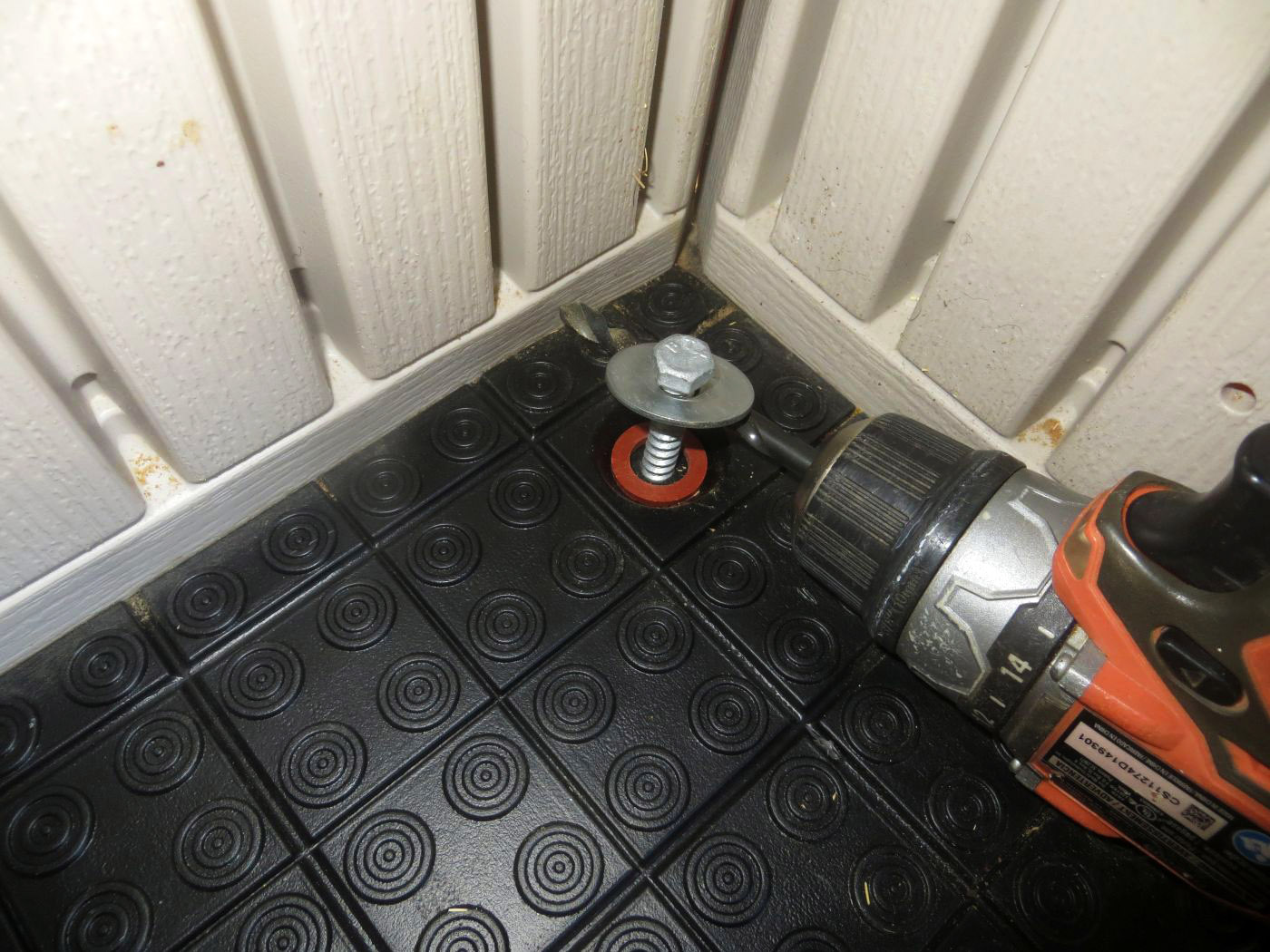

Outdoor Structures
How To Anchor A Plastic Shed
Modified: August 27, 2024
Learn how to anchor a plastic shed securely to the ground for maximum stability and safety. Our guide covers the best methods and materials for outdoor structures.
(Many of the links in this article redirect to a specific reviewed product. Your purchase of these products through affiliate links helps to generate commission for Storables.com, at no extra cost. Learn more)
Introduction
So, you've finally decided to set up that sleek new plastic shed in your backyard. Whether it's for storing your gardening tools, creating a workshop space, or simply decluttering your home, a plastic shed can be a fantastic addition to your outdoor space. However, to ensure that your new shed stays put, even in the face of strong winds and inclement weather, it's crucial to anchor it properly.
In this comprehensive guide, we'll walk you through the process of anchoring a plastic shed, covering everything from selecting the right anchors to preparing the site and securing the shed in place. By the end of this article, you'll have all the knowledge you need to tackle this project with confidence and ensure that your plastic shed remains a sturdy and reliable feature in your outdoor area. Let's dive in and get started!
Key Takeaways:
- Choose the right anchors based on shed size, soil type, and weather conditions. Consider options like auger, concrete, earth, clamp-style, or cable tie-down anchors for a secure hold.
- Prepare the site by clearing the area, leveling the ground, checking drainage, and verifying local regulations. A well-prepared site ensures a stable foundation for anchoring your plastic shed.
Read more: How To Anchor A Shed To The Ground
Choosing the Right Anchors
Before you start anchoring your plastic shed, it’s essential to select the right anchors for the job. The choice of anchors will depend on various factors, including the size and weight of your shed, the type of soil in your yard, and the prevailing weather conditions in your area. Here are some popular anchor options to consider:
- Auger Anchors: These corkscrew-like anchors are designed to twist into the soil, providing a secure hold. They work well in soil with good drainage and are relatively easy to install.
- Concrete Anchors: Ideal for securing sheds on concrete or asphalt surfaces, these anchors require drilling and are best suited for permanent installations.
- Earth Anchors: Also known as ground anchors, these are driven into the soil at an angle to provide resistance against uplift and lateral movement. They are suitable for a variety of soil types.
- Clamp-Style Anchors: These anchors feature a clamp mechanism that grips the shed’s frame, providing stability on solid ground surfaces.
- Cable Tie-Downs: Commonly used for securing portable sheds, these anchors utilize cables and stakes to hold the shed in place. They are particularly effective in areas prone to high winds.
When choosing anchors, consider the specific needs of your shed and the environmental conditions in your area. Additionally, ensure that the anchors are made of durable, corrosion-resistant materials to withstand outdoor exposure over time.
Once you’ve selected the appropriate anchors, you’ll be ready to move on to the next crucial step: preparing the site for anchoring your plastic shed.
Preparing the Site
Before you begin anchoring your plastic shed, it’s vital to prepare the site to ensure a stable and long-lasting installation. Here are the key steps to follow when preparing the site:
- Clear the Area: Start by clearing the area where the shed will be placed. Remove any debris, rocks, or vegetation to create a level surface for the shed.
- Level the Ground: Use a shovel and a leveling tool to even out the ground where the shed will sit. A flat, level surface is essential for proper anchoring and overall stability.
- Check for Drainage: Assess the site’s drainage to prevent water accumulation around the shed. Proper drainage helps protect the shed’s foundation and minimizes the risk of water-related damage.
- Consider Soil Composition: Take into account the type of soil in your yard. Different soil compositions may require specific anchoring methods. For example, sandy soil may necessitate longer anchors for a secure hold.
- Verify Local Regulations: Check local building codes and regulations regarding shed placement and anchoring requirements. Compliance with these regulations is essential to ensure a safe and legal installation.
By thoroughly preparing the site, you’ll create a solid foundation for anchoring your plastic shed, promoting its structural integrity and longevity. With the site ready, you can proceed to the next phase: anchoring the shed securely in place.
Use heavy-duty anchors like screw-in ground anchors or concrete anchors to secure the corners and midpoints of the shed to the ground. This will prevent the shed from being lifted or moved by strong winds.
Anchoring the Shed
Now that you’ve selected the appropriate anchors and prepared the site, it’s time to anchor your plastic shed securely. Follow these steps to ensure a reliable and durable installation:
- Position the Shed: Carefully place the shed in the designated location on the prepared site, ensuring that it is aligned properly and sits level on the ground.
- Attach the Anchors: Depending on the type of anchors you’ve chosen, follow the manufacturer’s instructions to attach the anchors to the shed’s base or frame. Ensure that the anchors are positioned at equal distances and securely fastened.
- Drive or Install the Anchors: Use the appropriate tools to drive the anchors into the ground or secure them to the surface according to the anchor type. Follow the recommended depth and installation guidelines to achieve a strong hold.
- Tighten and Test: Once the anchors are in place, tighten them to the recommended torque or tension. Test the shed for stability by applying gentle pressure from different angles to ensure that it remains secure.
- Inspect and Maintain: Regularly inspect the anchors and the shed’s overall stability to identify any signs of loosening or damage. Perform any necessary maintenance to keep the anchoring system in optimal condition.
By following these steps and taking the time to anchor your plastic shed correctly, you can safeguard it against strong winds, inclement weather, and other external forces. A securely anchored shed not only provides peace of mind but also prolongs the lifespan of the structure, ensuring that it continues to serve its purpose effectively.
With the shed now securely anchored, you can take pride in knowing that it is well-prepared to withstand the elements and remain a reliable storage or workspace solution in your outdoor area.
Conclusion
Anchoring a plastic shed is a crucial step in ensuring its stability and longevity. By carefully selecting the right anchors, preparing the site, and anchoring the shed securely, you can protect your investment and enjoy peace of mind knowing that your shed is well-equipped to withstand various environmental conditions.
Remember, the choice of anchors should align with the specific requirements of your shed and the characteristics of your outdoor space. Whether you opt for auger anchors, concrete anchors, earth anchors, clamp-style anchors, or cable tie-downs, prioritizing durability and compatibility with your site’s conditions is key.
Thoroughly preparing the site sets the stage for a successful installation, promoting a level foundation and effective drainage. Additionally, adhering to local regulations and building codes ensures that your shed is installed in compliance with relevant standards and requirements.
When it comes to anchoring the shed, attention to detail is paramount. Positioning the shed accurately, attaching the anchors securely, and testing the stability are essential steps in the process. Regular maintenance and inspections further contribute to the shed’s long-term resilience, allowing you to address any potential issues promptly.
By following the guidelines outlined in this comprehensive guide, you can approach the task of anchoring a plastic shed with confidence and expertise. The result is a well-anchored shed that remains a reliable and functional asset in your outdoor space, providing storage, workspace, or any other intended use with enduring stability.
With your plastic shed securely anchored, you can look forward to maximizing its utility and enjoying the benefits it brings to your outdoor living experience for years to come.
Now that you've mastered anchoring your plastic shed, why not tackle building one from scratch? Our next guide walks you through creating a sturdy garden shed that can withstand elements and provide ample storage. Whether you're a seasoned DIYer or just starting out, these steps ensure your garden structure meets needs and aesthetic preferences alike. Don't miss out on crafting a personal haven right in your backyard.
Frequently Asked Questions about How To Anchor A Plastic Shed
Was this page helpful?
At Storables.com, we guarantee accurate and reliable information. Our content, validated by Expert Board Contributors, is crafted following stringent Editorial Policies. We're committed to providing you with well-researched, expert-backed insights for all your informational needs.
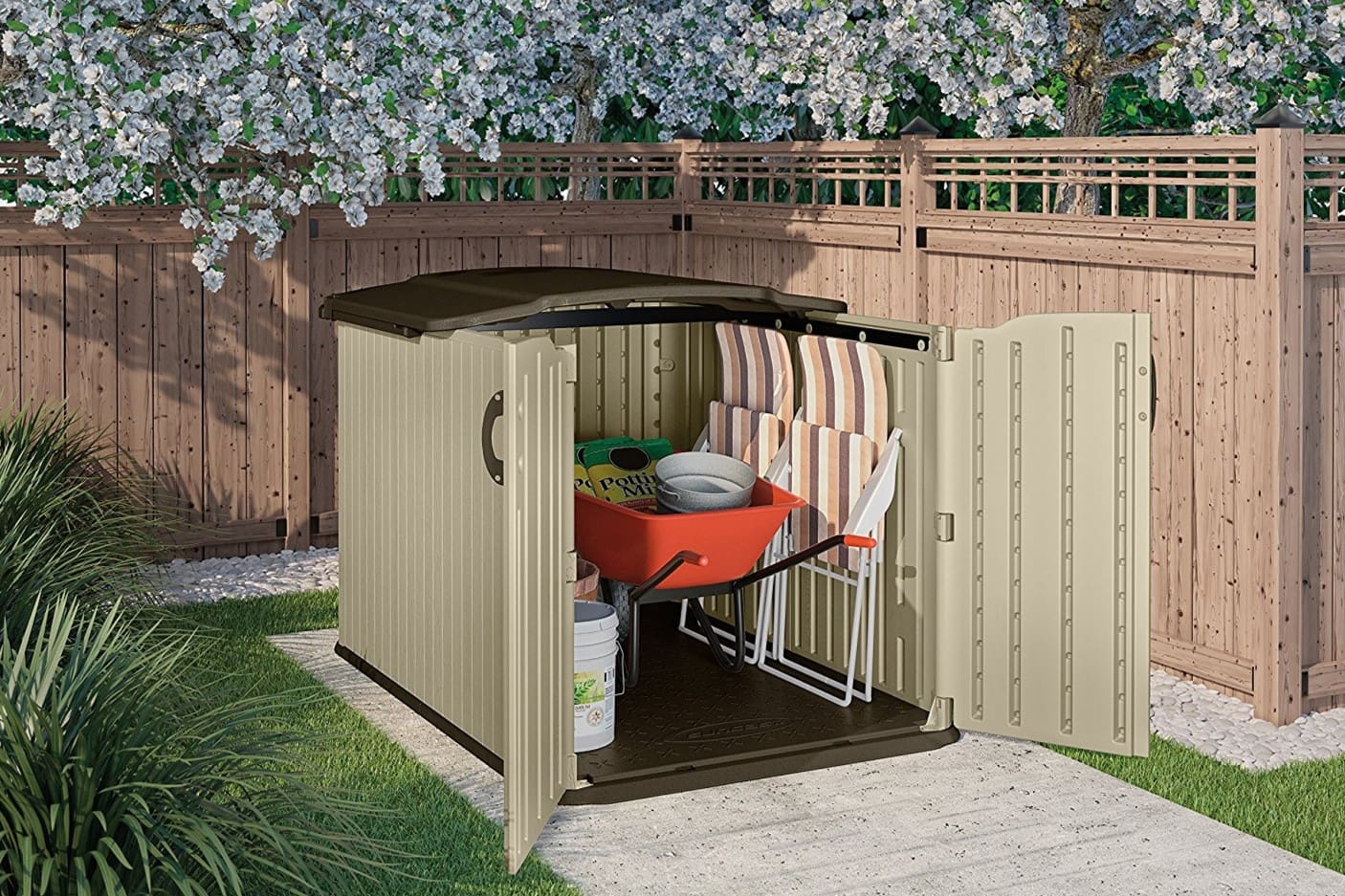
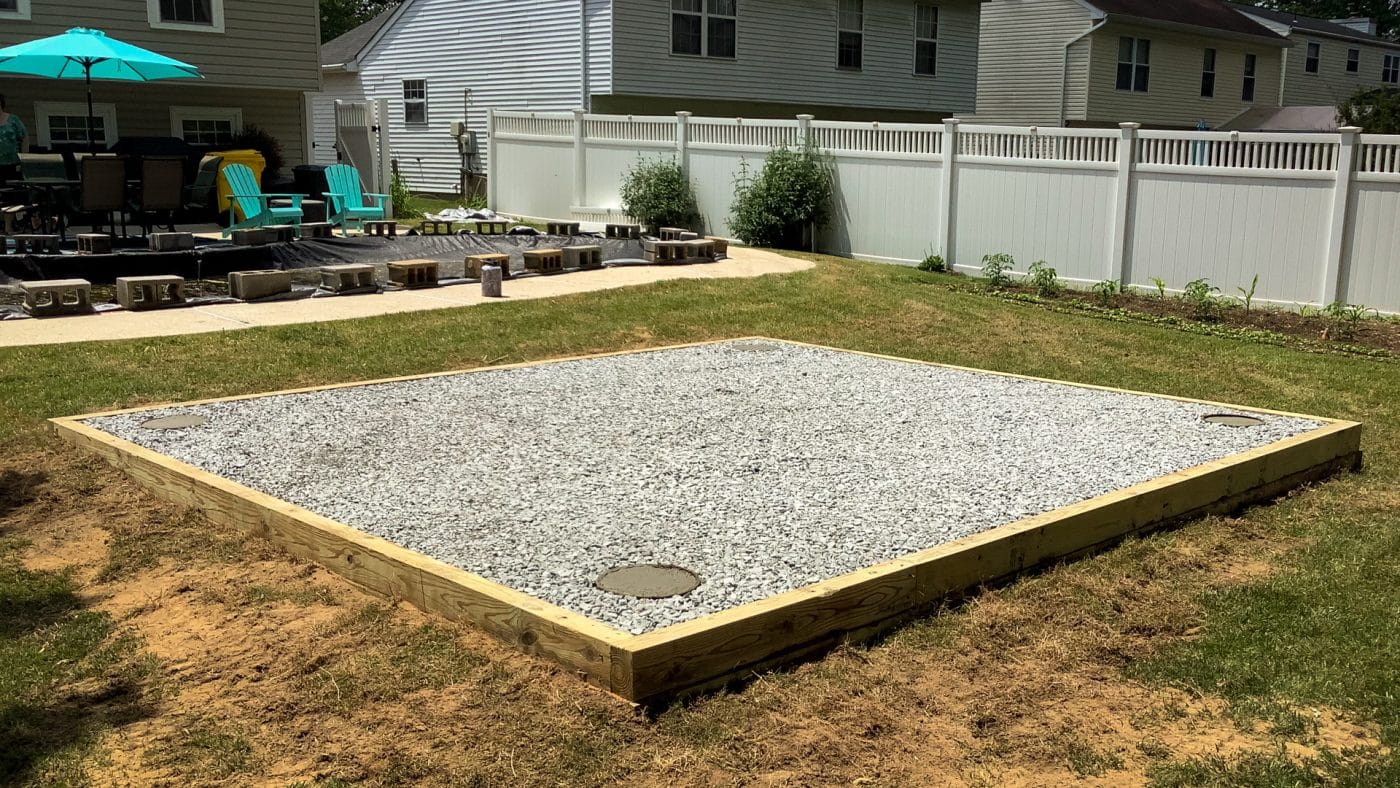
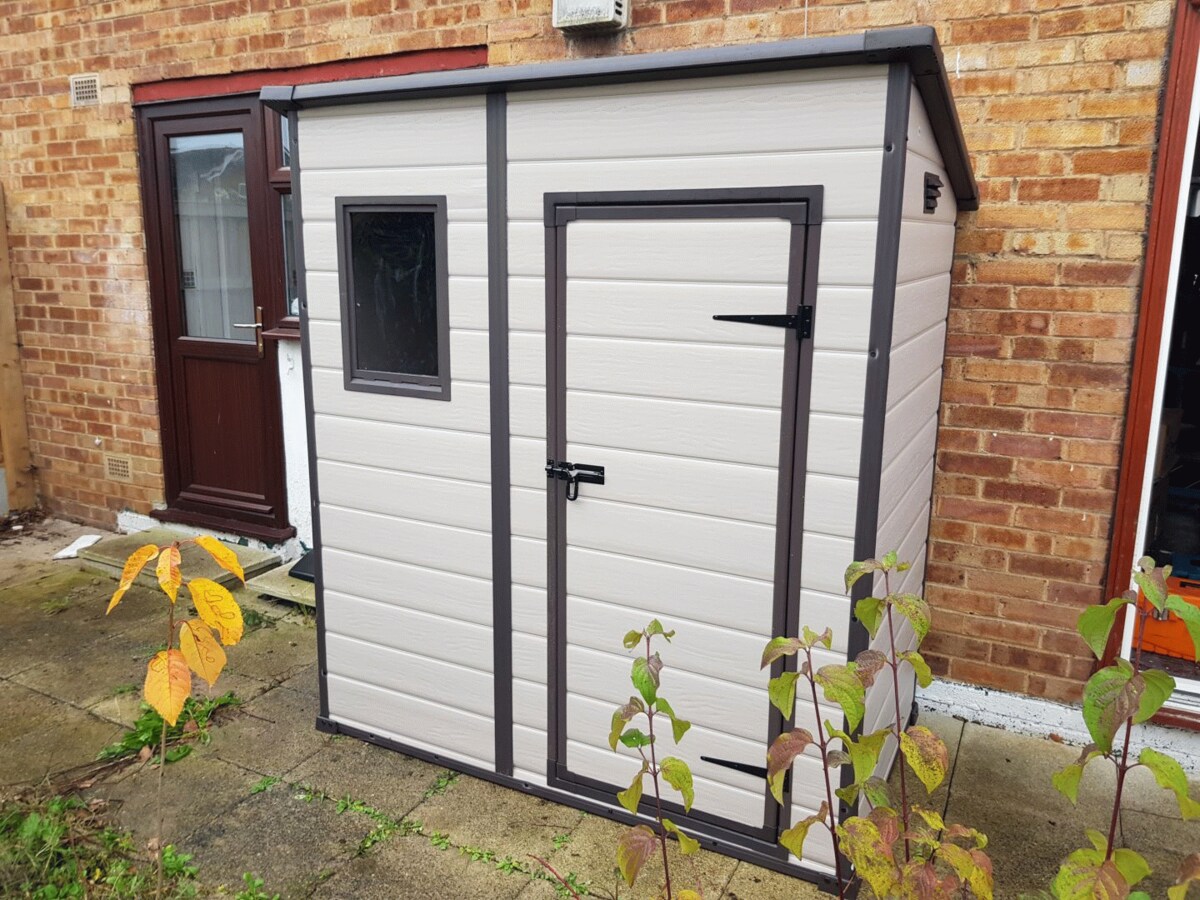
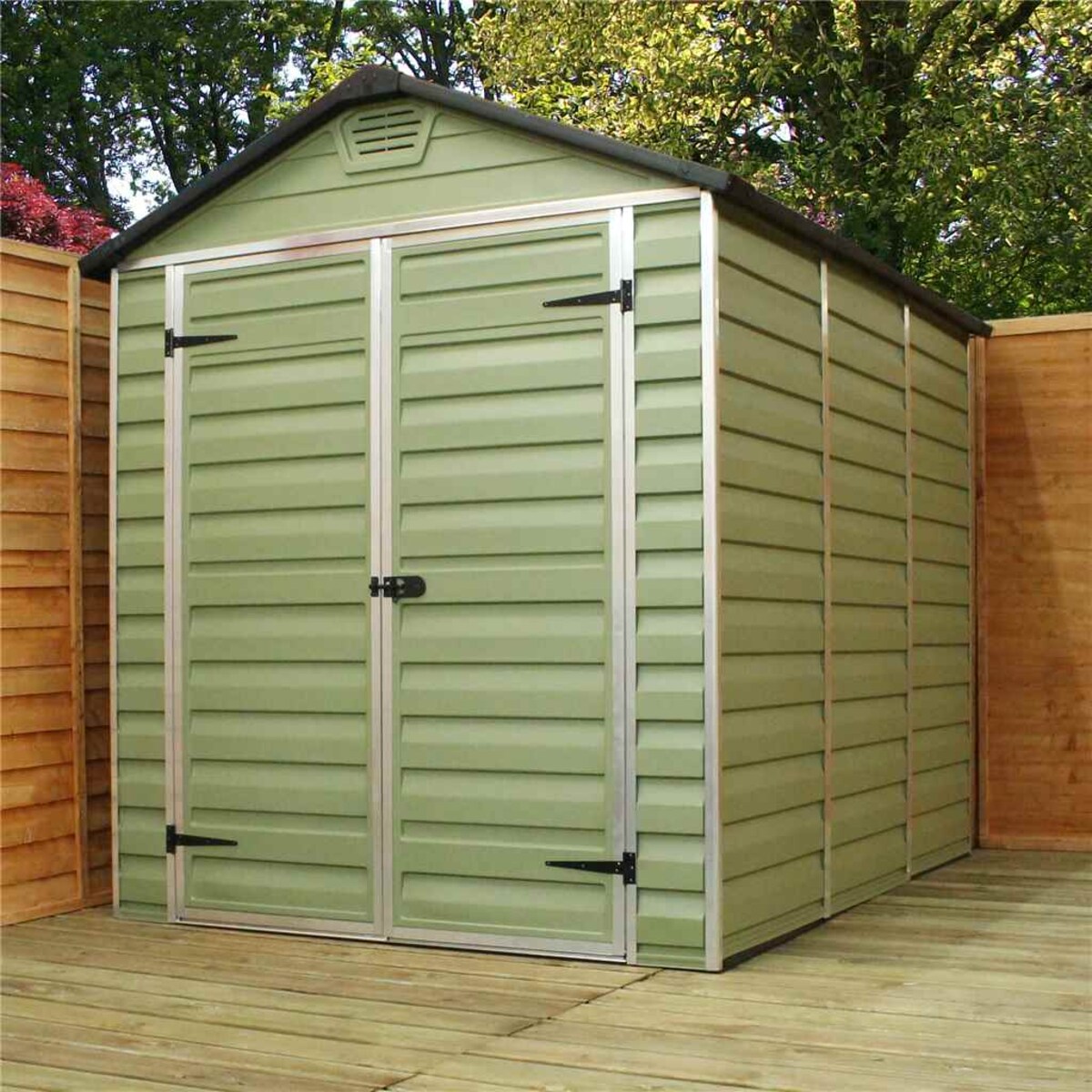
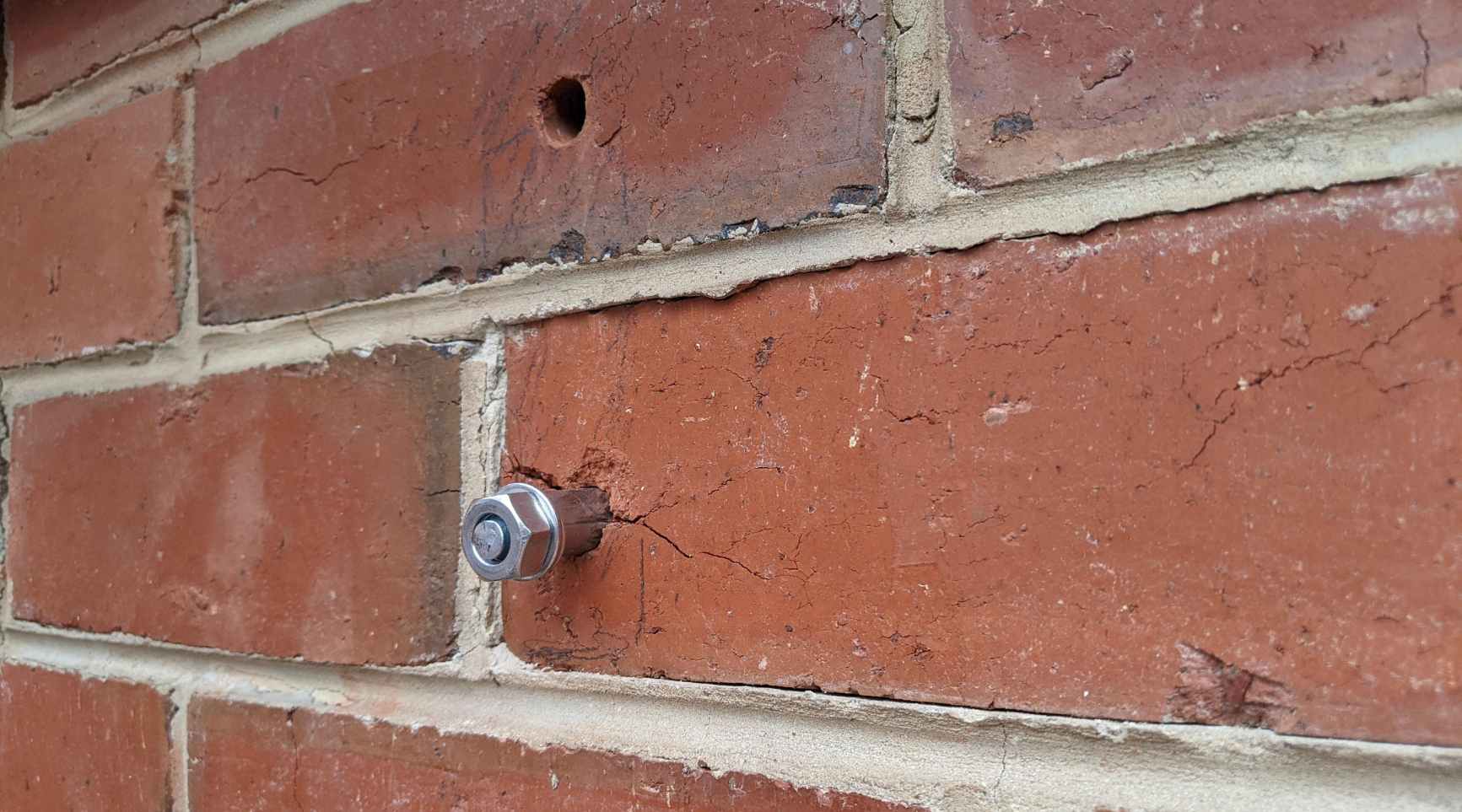
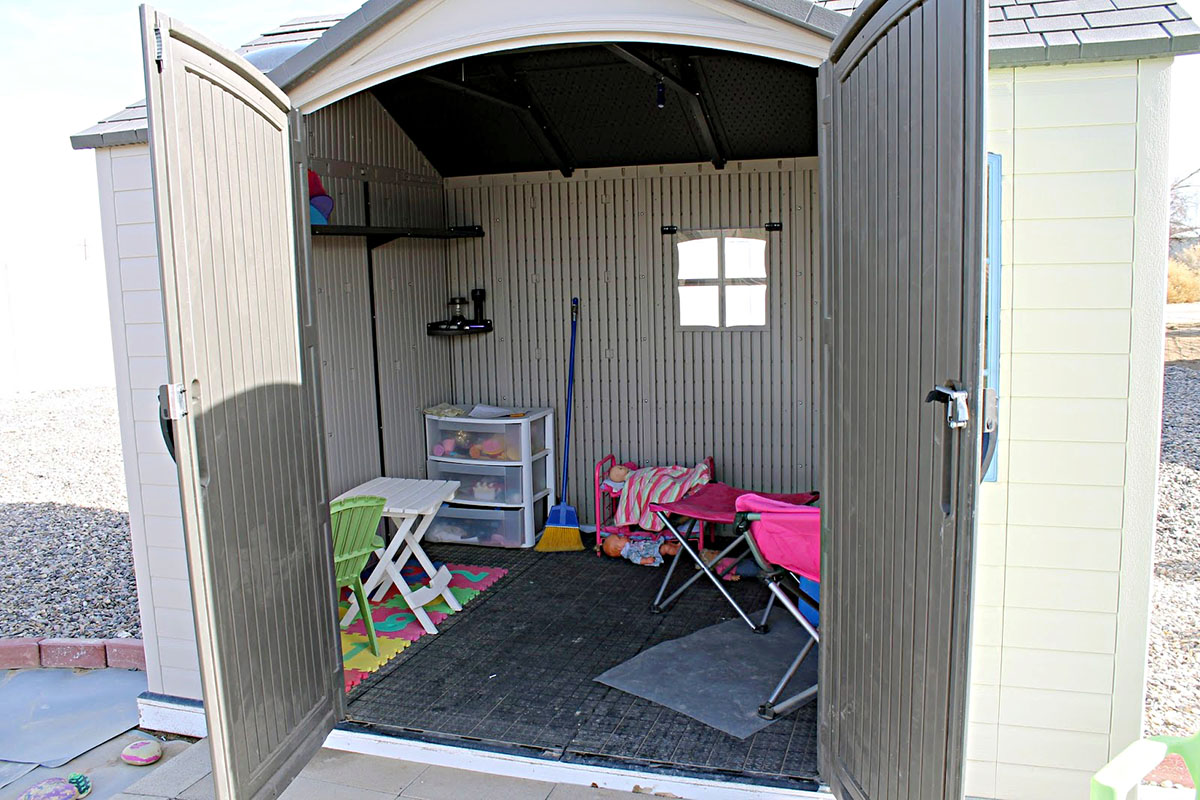
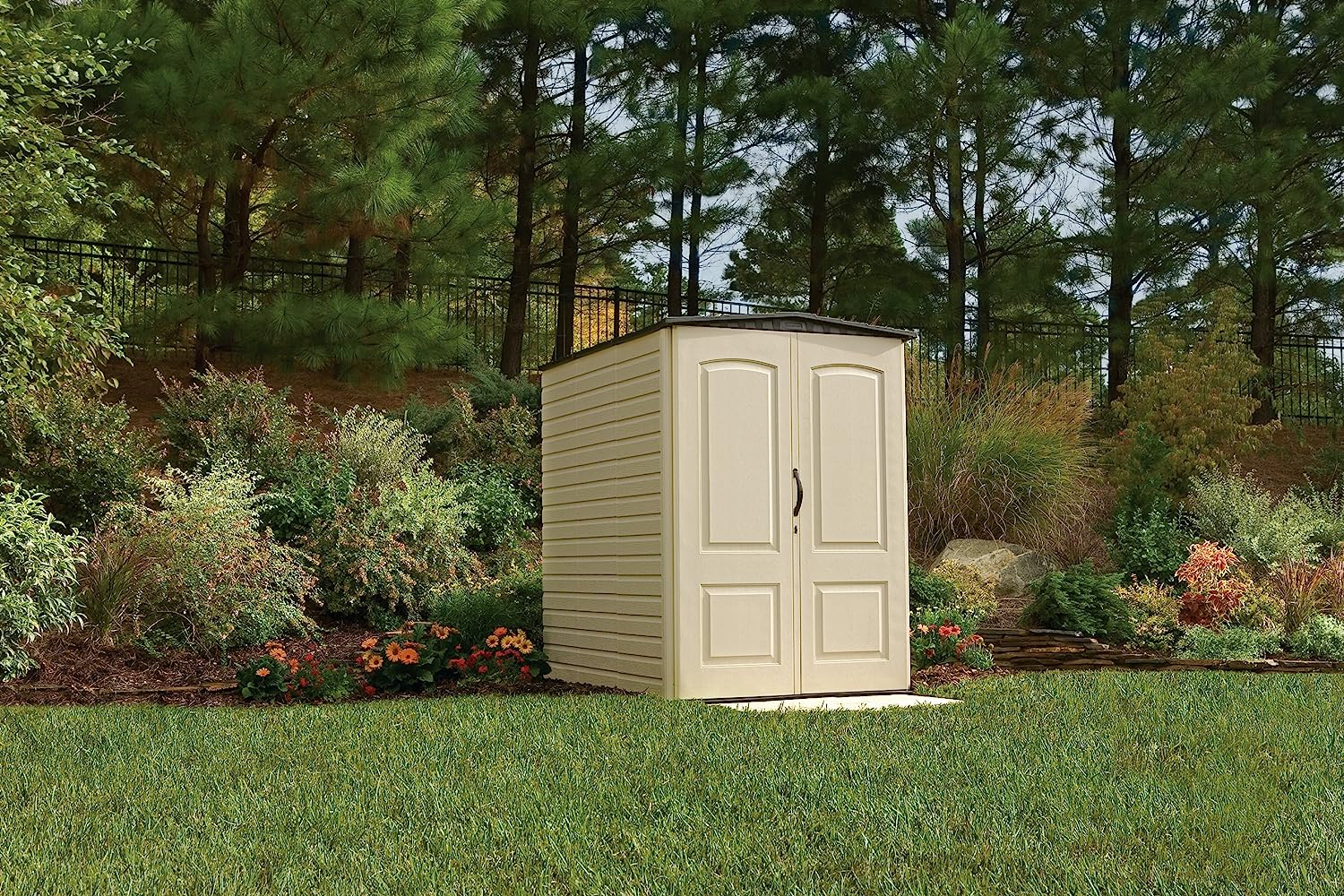
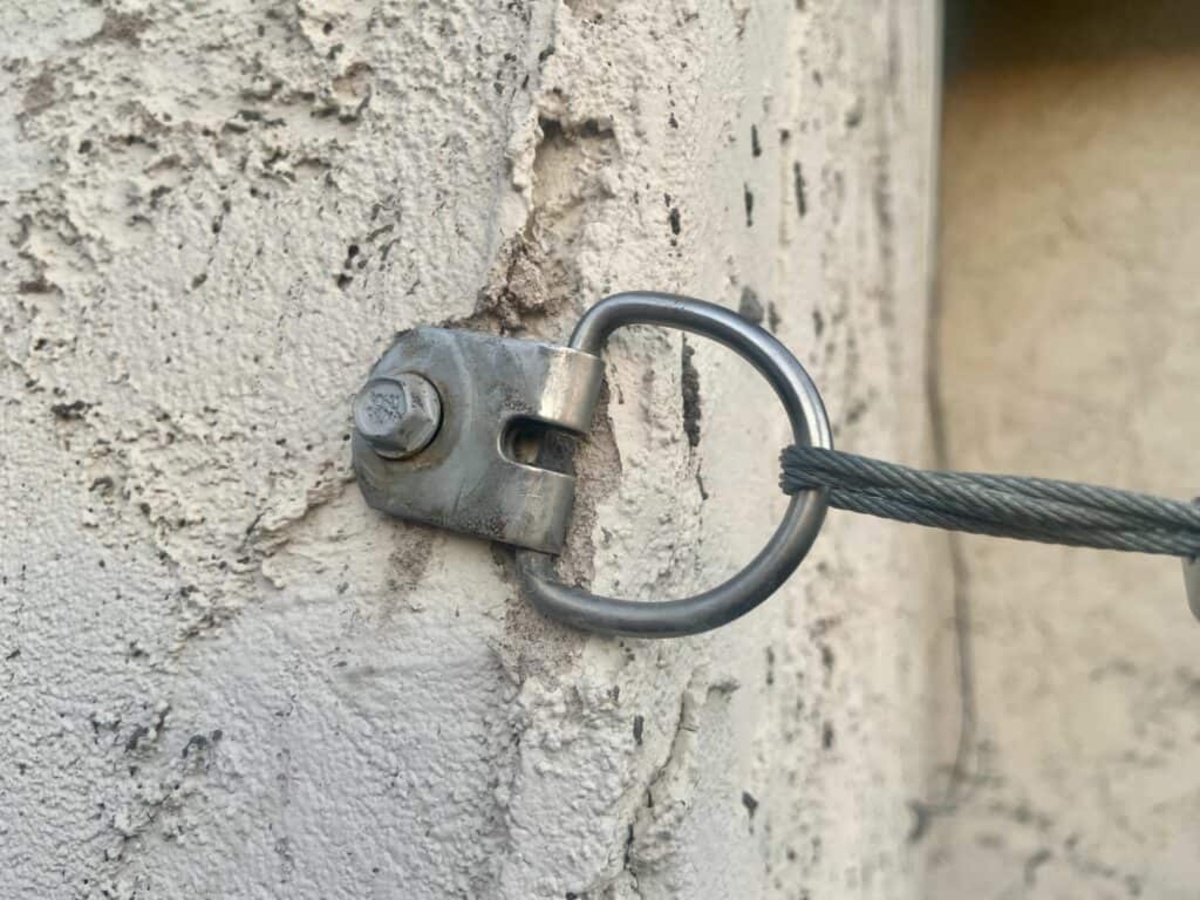
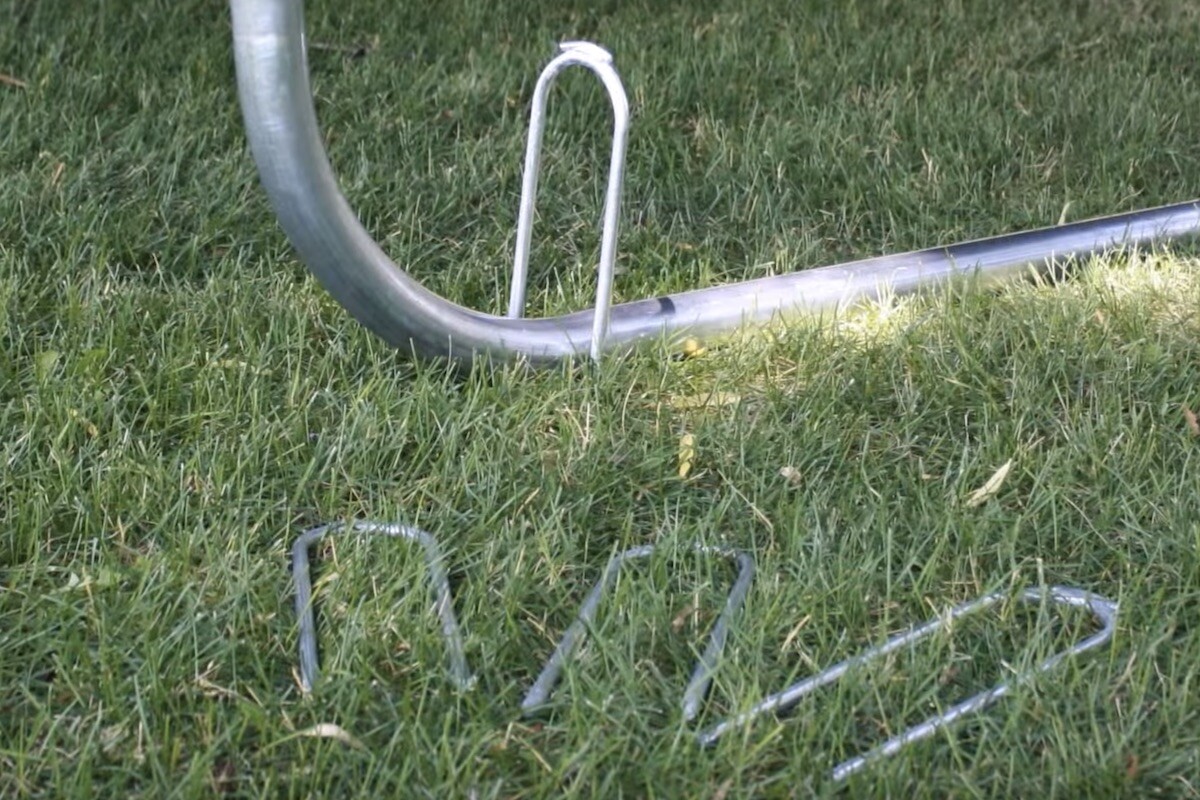

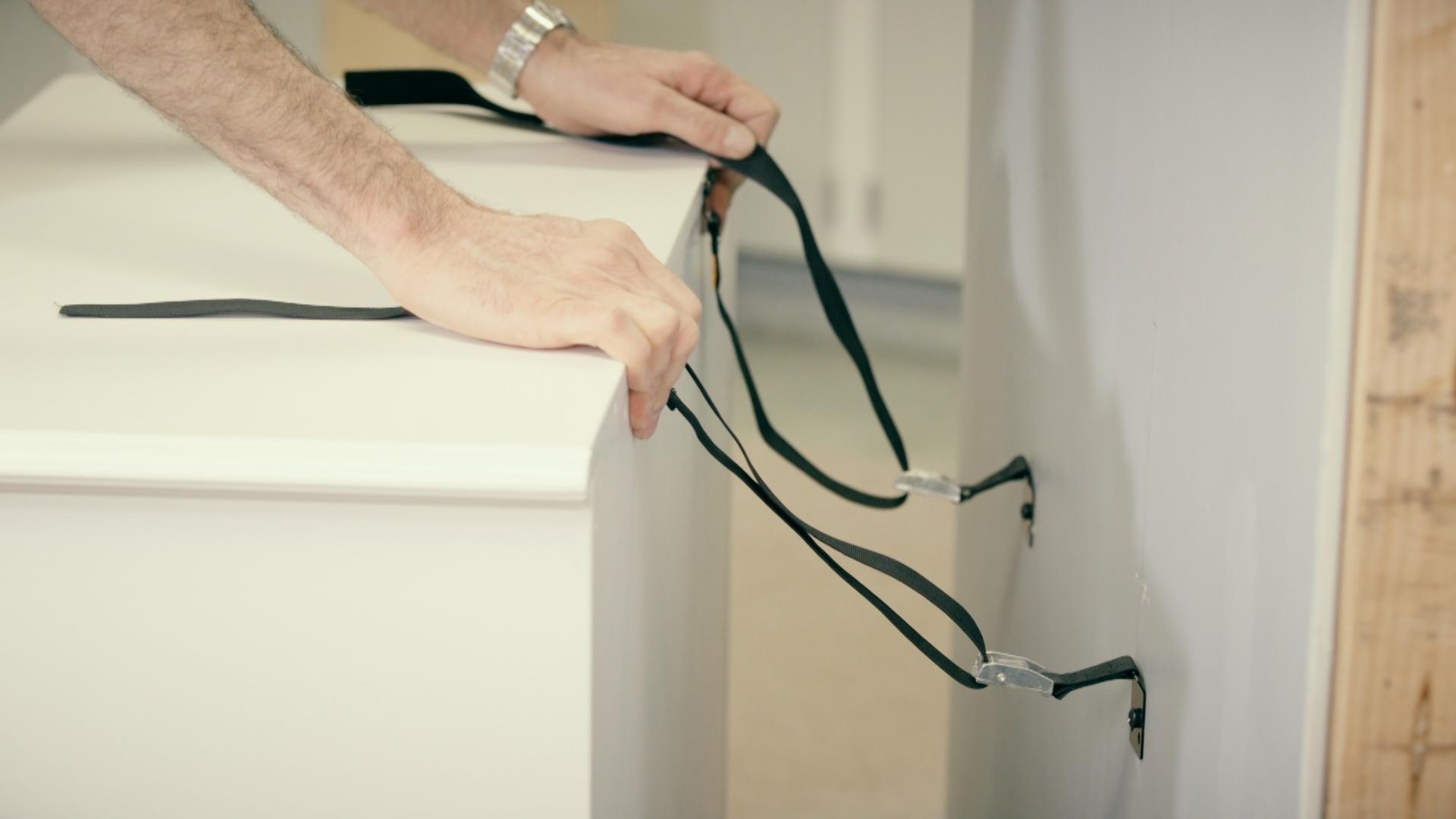

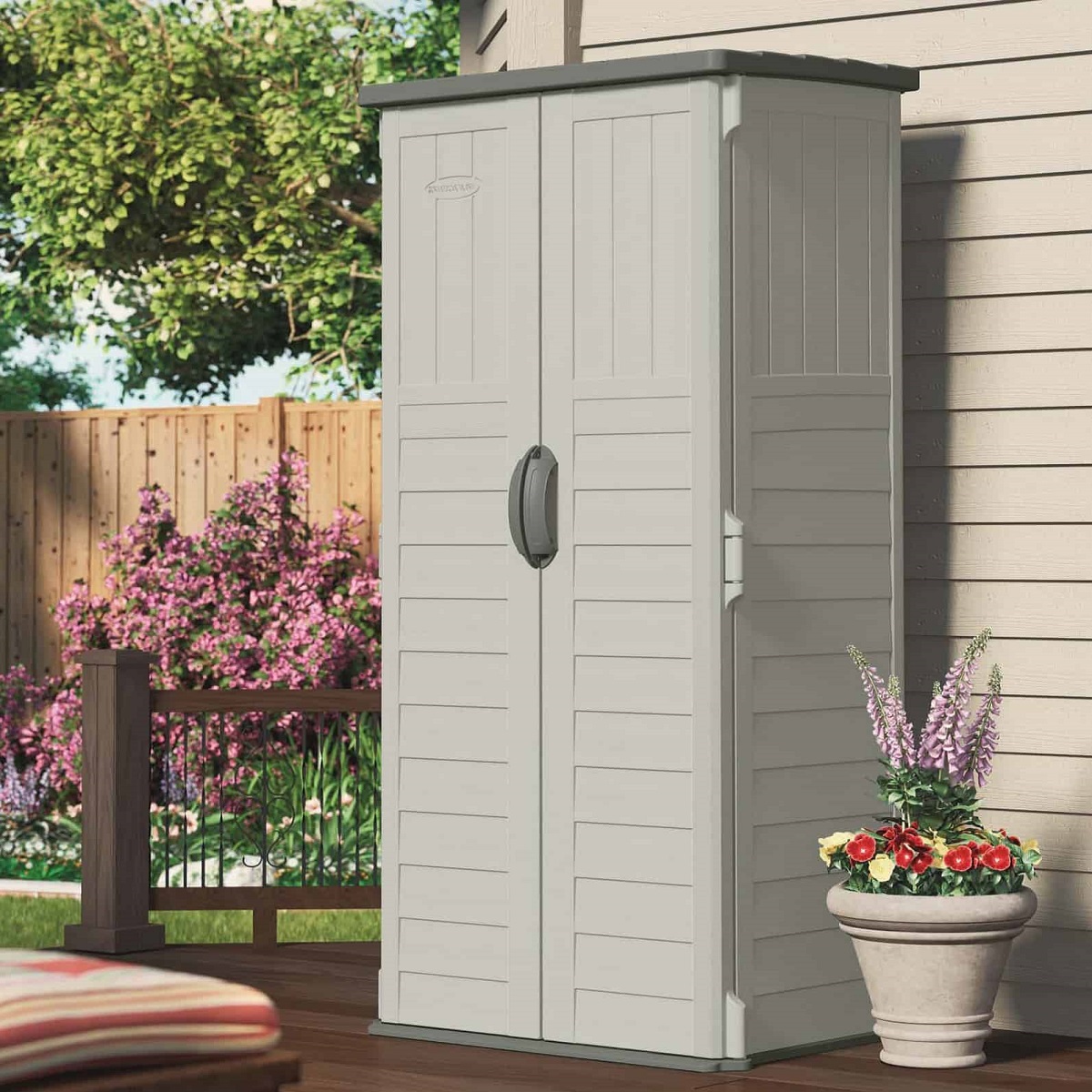
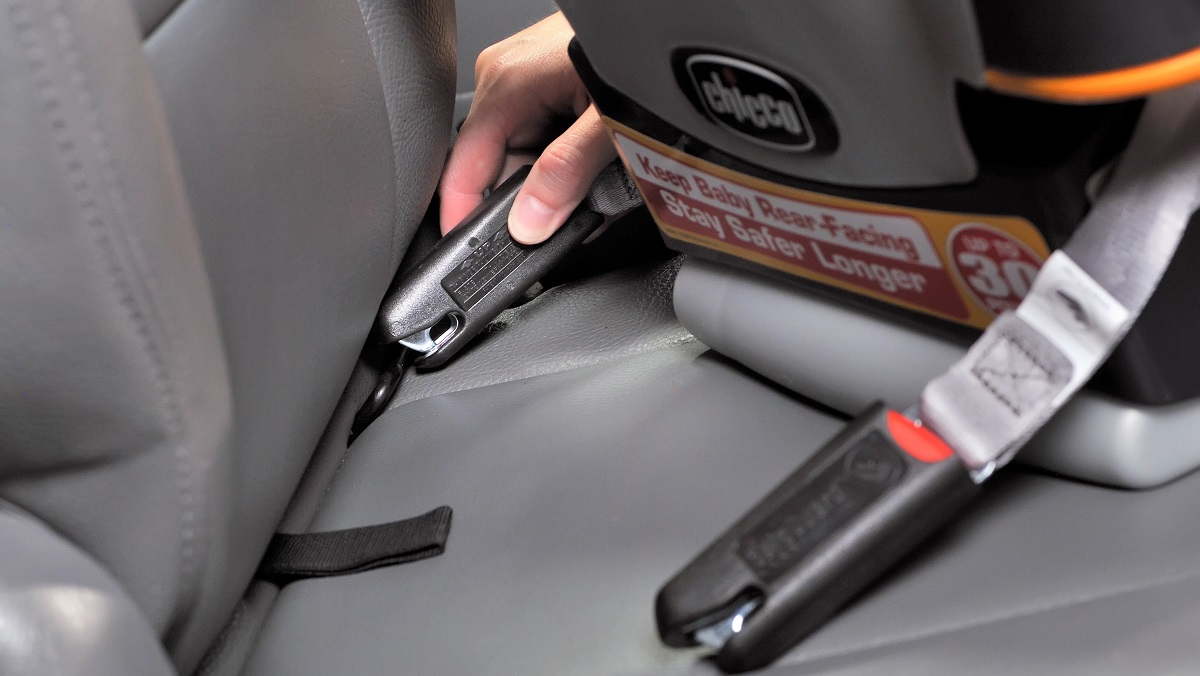


0 thoughts on “How To Anchor A Plastic Shed”